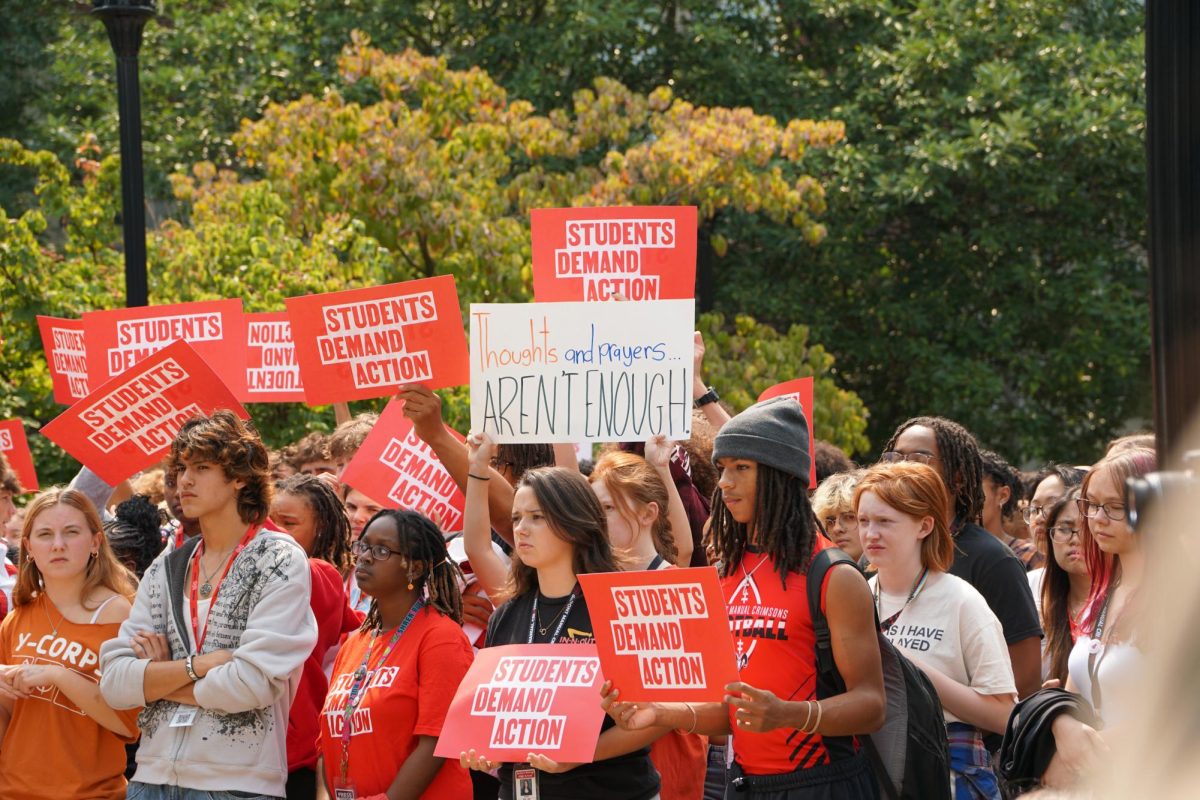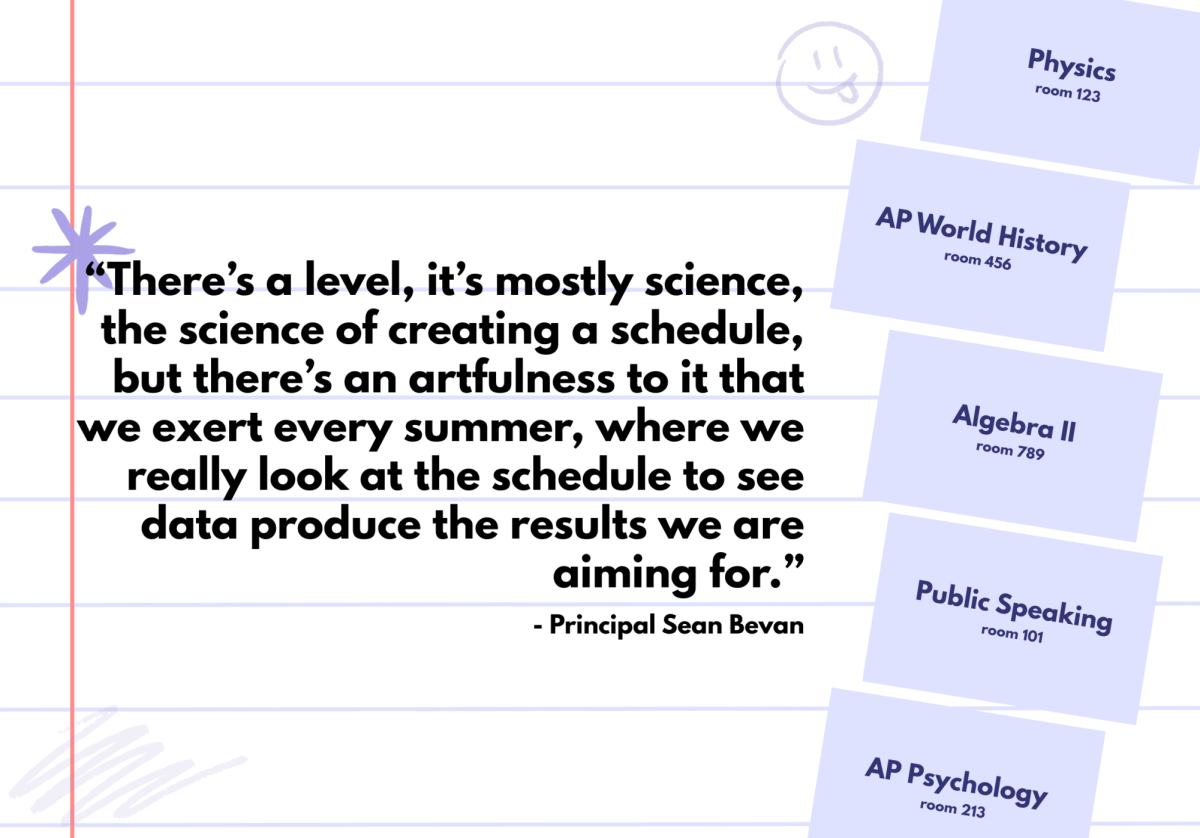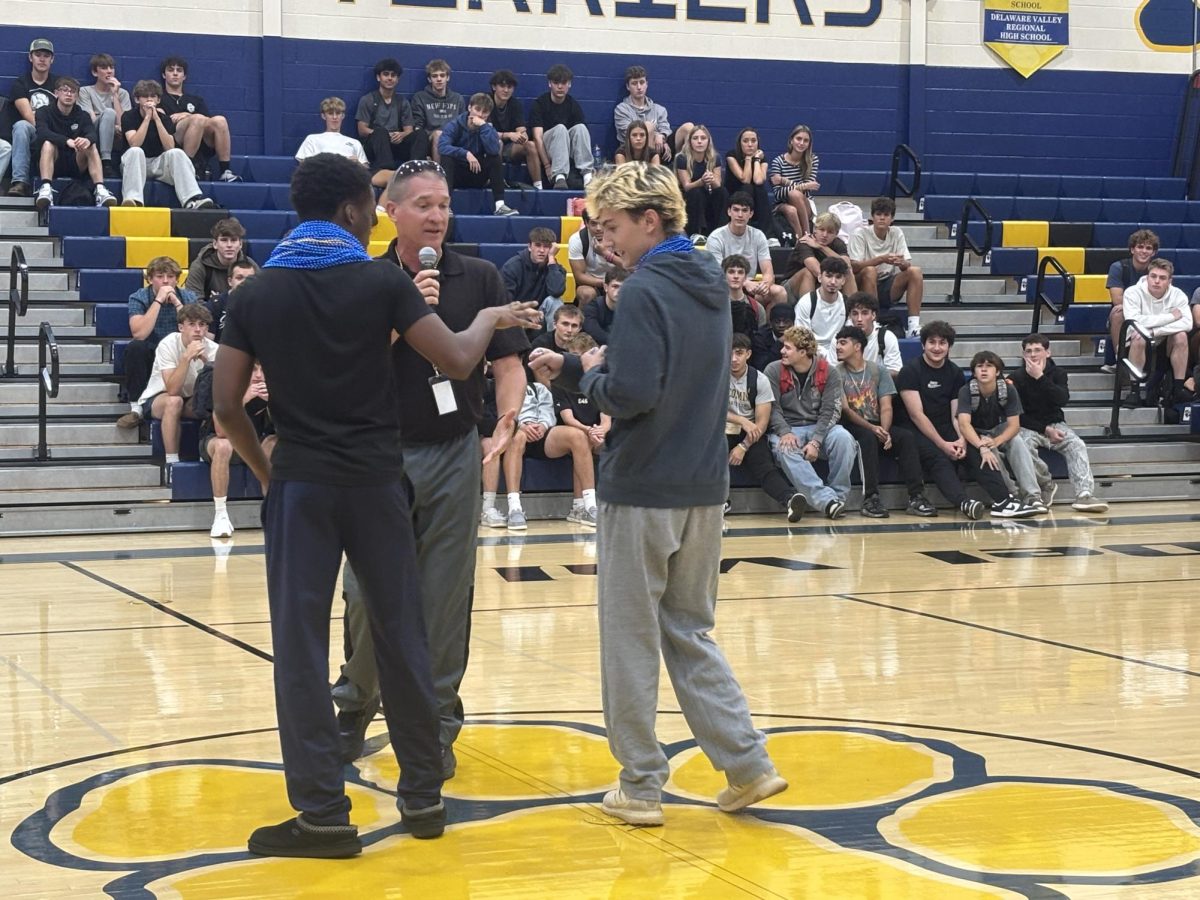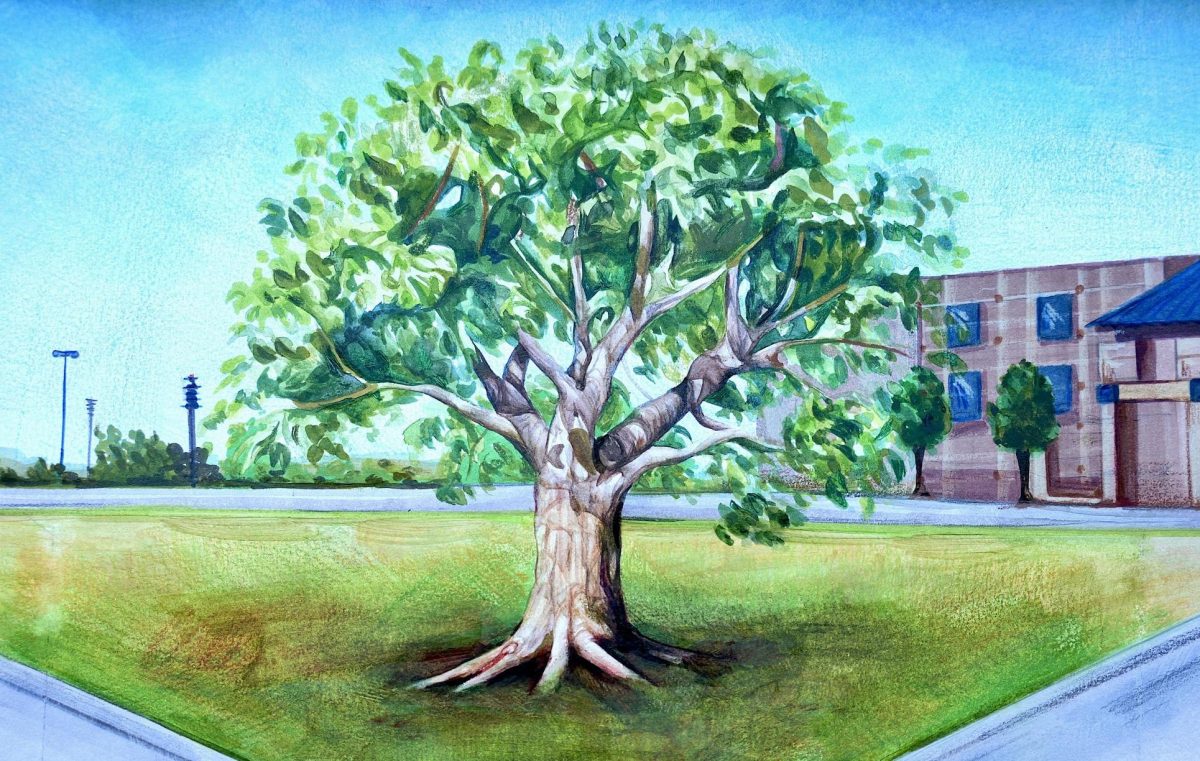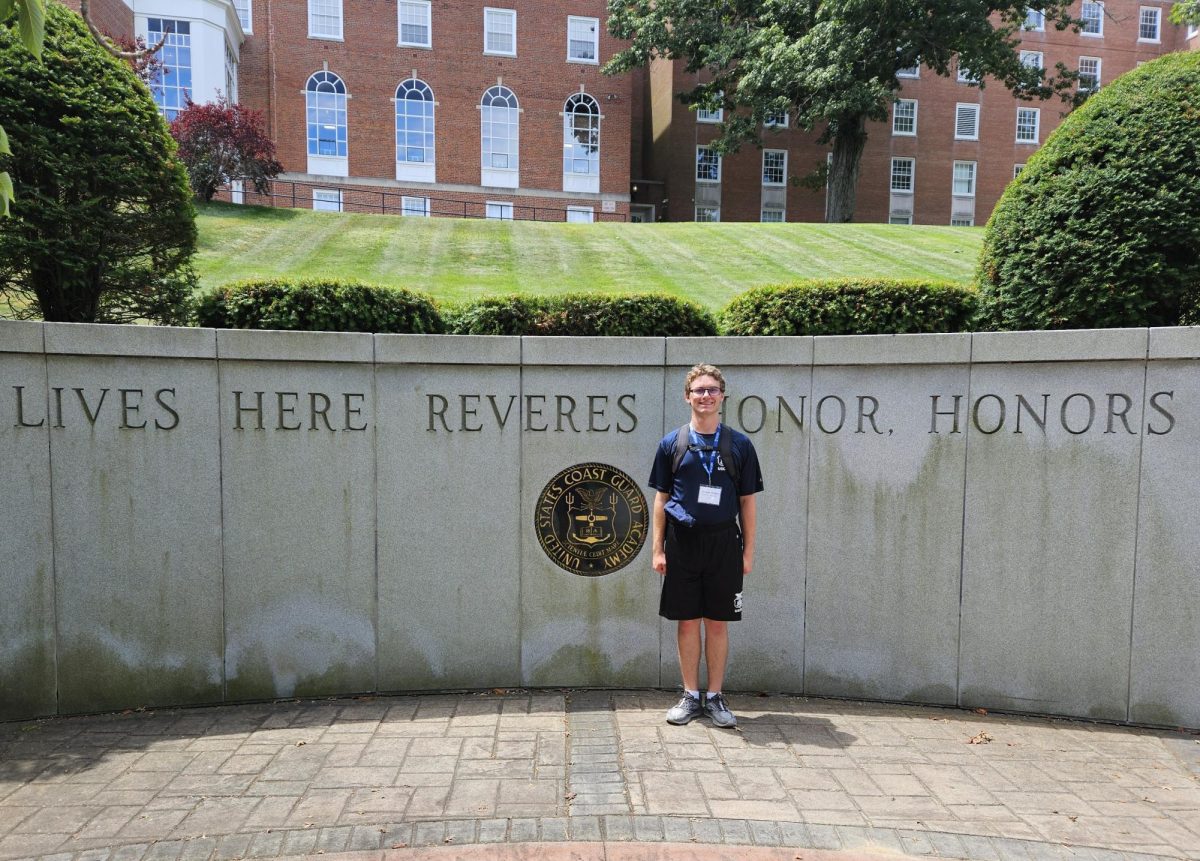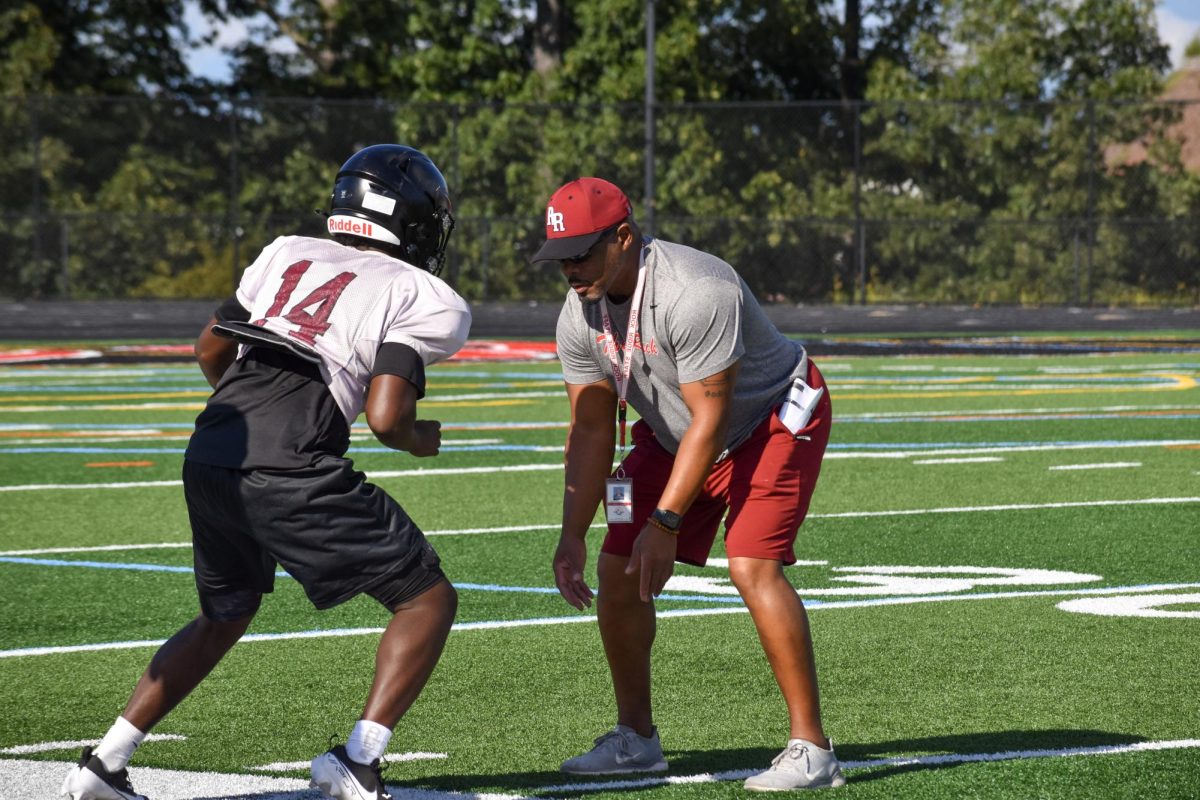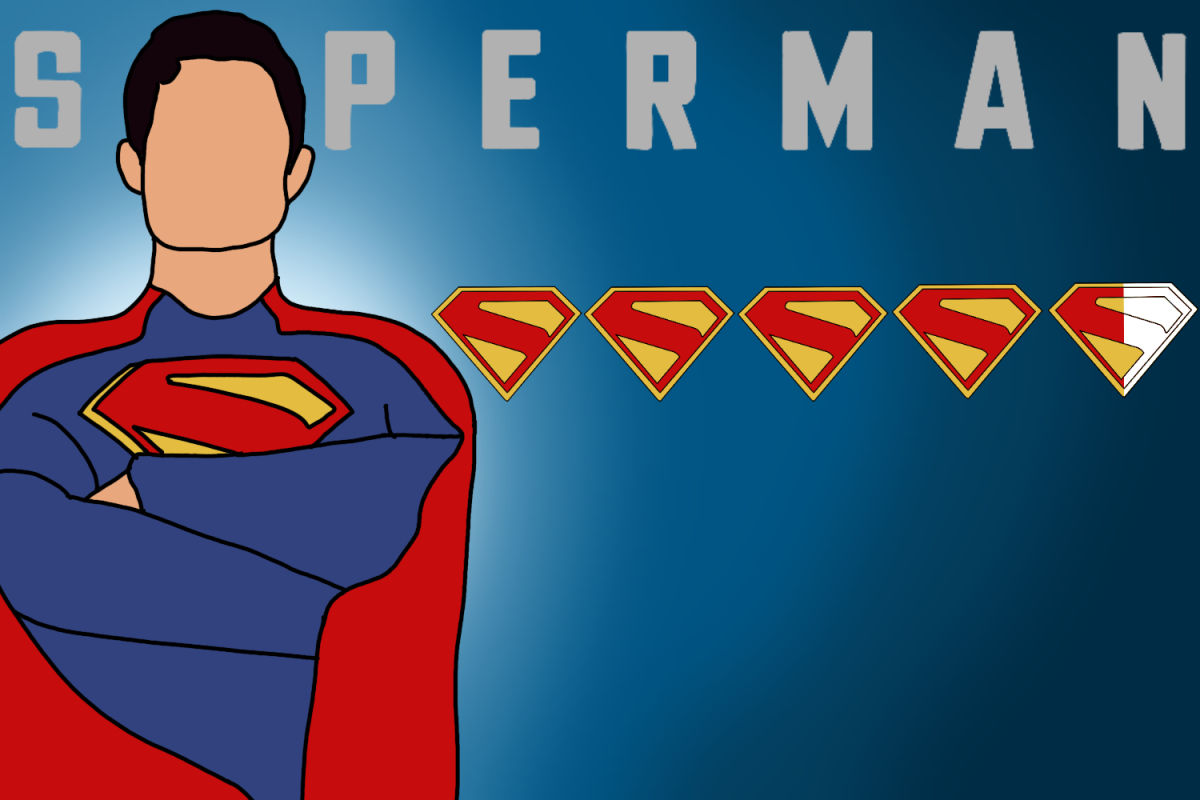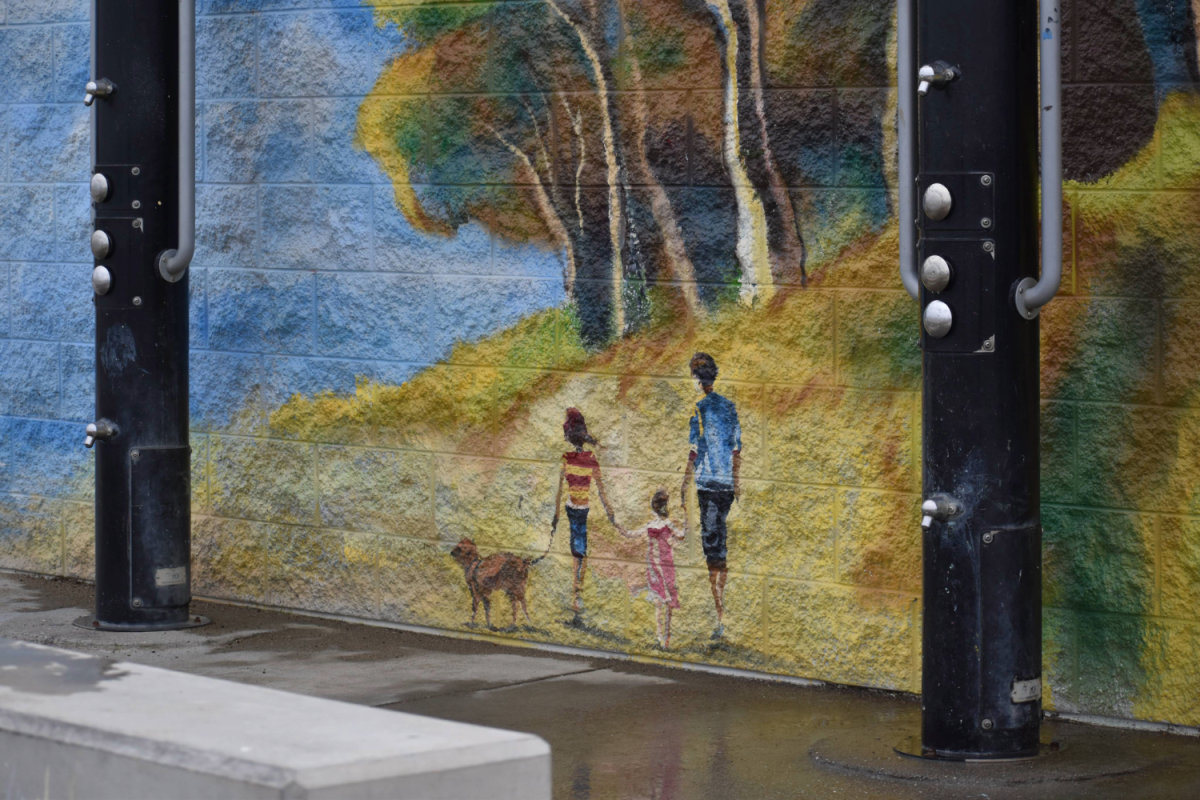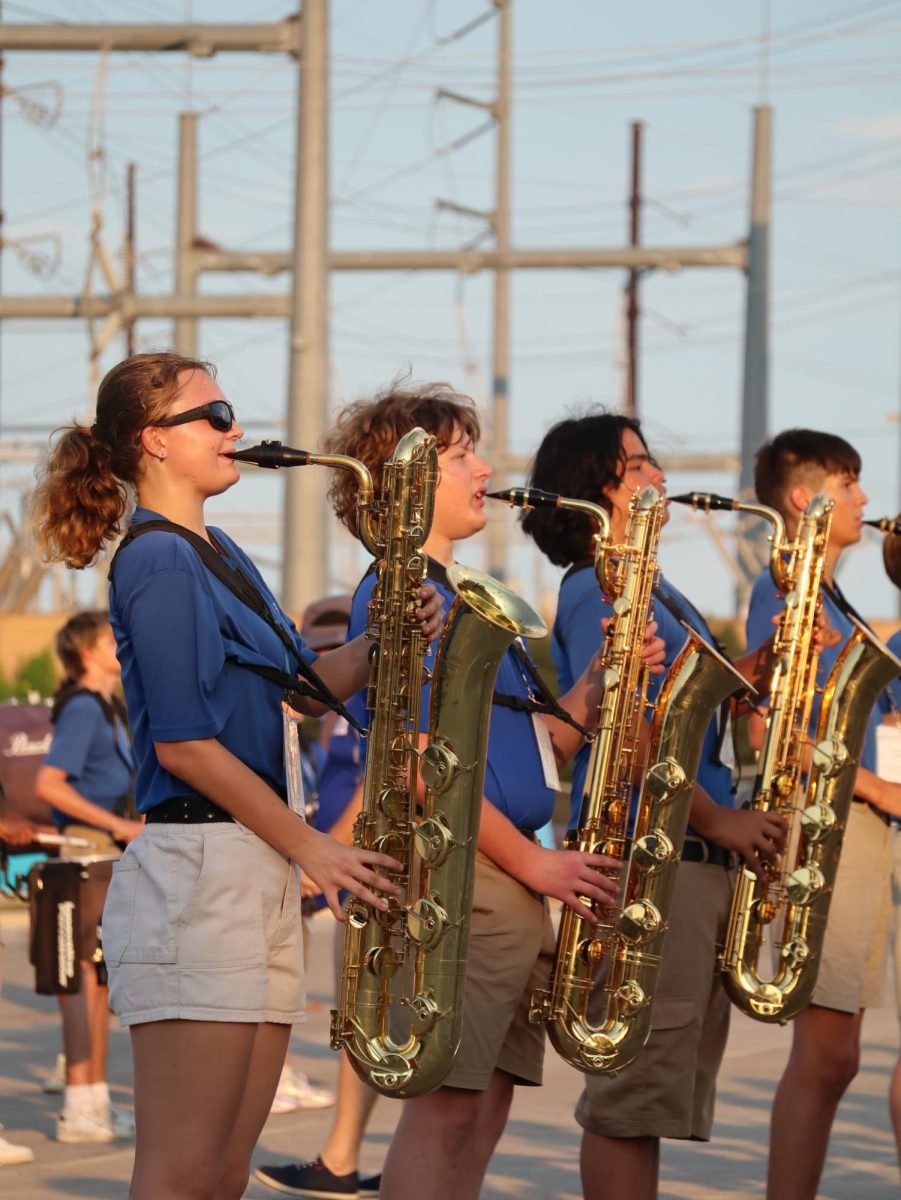By definition, the Pledge of Allegiance is a patriotic oath that declares Americans’ loyalty to the nation. History tells us the pledge symbolizes a commitment to the principles and ideals of the country, highlighting themes such as unity, freedom, and justice. Although the first version of the pledge was published in 1892 as a section of the children’s magazine, The Youth’s Companion, it gained popularity through its integration into schools across the country. But in recent years, daily commitment to the oath has waned, sentiment has become divided, and fewer students stand up.
At Edison High School, the school day starts at 7:40 a.m. with the reciting of the pledge. When the announcement begins, students are encouraged to stand up. However, compared to past habits, few students stand for the pledge these days.
“It is a sign of respect that makes sense to be said. I come from a family of veterans so I always stand,” said Emily Shiju Thomas ‘26. “But, I don’t mind if others stay seated.”
As indicated by Thomas’ indifference to those who stay seated, the significance of the pledge seems to have shifted from something overtly public to something private, akin to prayer. In other words, the Pledge of Allegiance, like prayer, has increasingly become a personal choice—whether that choice is informed or not.
“It is odd if I am the only one doing it. I do not have a vendetta against America. It is because I got used to doing work through the pledge after coming to high school,” Lakshmi Karavadi ‘24 said.
Karavadi would rather sit down than feel “odd.” Like many others her age, conformity as a teenager helps her avoid attention, if not achieve a sense of belonging, in a new and sometimes uncertain environment.
“I never saw any reason to stand for the pledge. I stood in elementary school and sometimes in middle school. I started to sit down when I saw that other people were also sitting,” Abhiram Vemula ‘26 said. “I already live in the country so I don’t think it is necessary to participate.”
Standing for the Pledge of Allegiance seems to be less enforced as students progress from elementary to middle to high school, the implication being that students act differently when they receive more independence from teachers and administrators. Therefore, the decline in enforcement eventually leads to many students ignoring the oath as their classmates and friends do the same.
Many teachers have noticed this switch, as refusal to stand for the pledge has become popular among the student body.
“To be honest, it is mainly laziness,” said Business Teacher Mr. Michael Piccolo. “If you stand up, some look at you like you are weak. We are Americans. If we can’t stand up for our country, then what good is it?”
Here, laziness rather than conformity could represent two concerns: weakness or ignorance. Although the pledge is supposed to symbolize national strength, those who stand up might be ironically perceived as “weak.” In the sense that students tend to feel singled out by going against the majority, they also choose to sit down, normalizing a sense of laziness and a seeming disrespect for the country. This conflicting belief of “weaknesses against strength” reveals that the majority of EHS has ignored or possibly forgotten the intrinsic meaning of the pledge and its history in public education. Such ignorance reflects students’ indifference to standing up for the pledge, encouraging a sense of apathy towards the pledge’s original significance.
“I think there is a lack of understanding about what the flag represents and that it is important to stand. I also like the fact that what they called the blessings of liberty is given to more and more people as time goes by and that itself is very important,” said Principal Charles Ross. “Sometimes I have people who don’t stand up after their teacher tells them. I show them that there is a law that says you have to stand, and there’s a case law that says you don’t have to.”
This “blessing of liberty” is reflected in the case law, West Virginia State Board of Education v. Barnette, which stated that the free speech clause in the First Amendment forbids schools from forcing students to recite the oath or salute the flag. Such laws imply that Americans have more freedoms than other countries as depicted by the clause in the Pledge of Allegiance: “… with liberty and justice for all.”
But, consciously exercising your right to stand is not the same as simply not standing.
“I stand during the Pledge of Allegiance. My mom is a Jehovah’s Witness, so I was not allowed to say the pledge as a kid, but I stood as a sign of respect,” said English Teacher Ms. Michelle Curcio. “Also, I asked kids if they were staying seated as a sign of protest or laziness and they all said laziness.”
Even with personal beliefs and other factors, standing for the pledge continues to represent respect and honor to certain individuals.
“Yes, I stand for the pledge,” Kismish Qazi ‘25 said. “It has become a habit. At this point, it is a tradition as we start the morning with the pledge.”
Kamya Barot ‘25 said, “Yes, I stand. It is for respect and habit.”
Here, both students stand for the pledge as a sign of respect but also as a habit. Therefore, the pledge represents respect more than its original themes of unity, freedom, and justice. This shift in symbolism proves that this oath still holds significance yet has moved past its traditional symbolism.
That being said, is it too late or too futile to students to honor the pledge now?
“I think there is still time to enforce the pledge. I don’t think the time aspect is significant because the main issue is the emotions people carry about this country. They don’t feel the patriotism in the country, so they don’t stand,” said Aadi Kadam ‘26.
Despite some standing out of respect while others take full advantage of their liberties, there are alternative ways teenagers can show their gratitude for their country.
“I think that the number one thing is to try to be someone who encourages freedom,” Ross said. “It’s okay to have people that have different viewpoints. I think getting to learn about specific histories; and, getting to know people who served our country would be a learning experience.”
These alternatives indicate that students can demonstrate their respect for American values by being more educated whether learning about Edison’s history or contacting a veteran or someone currently working in the military.
A look at the waning enthusiasm for the pledge might also help better understand the increasing decline in school spirit as well as overall gratitude that sometimes define this era—not to mention the divisiveness that persists in American society at large.
Conflicting thoughts—encompassing a mix of laziness, weakness, respect, and habits— prove that there is still a chance to encourage teenagers to understand better the choices they make as young and future Americans.
This story was originally published on The Eagle”s Eye on May 24, 2024.


